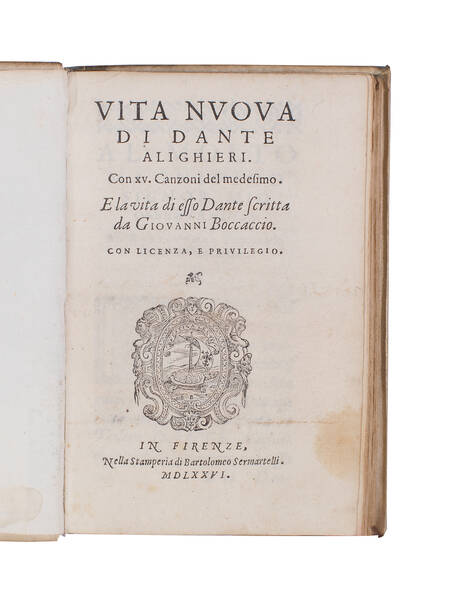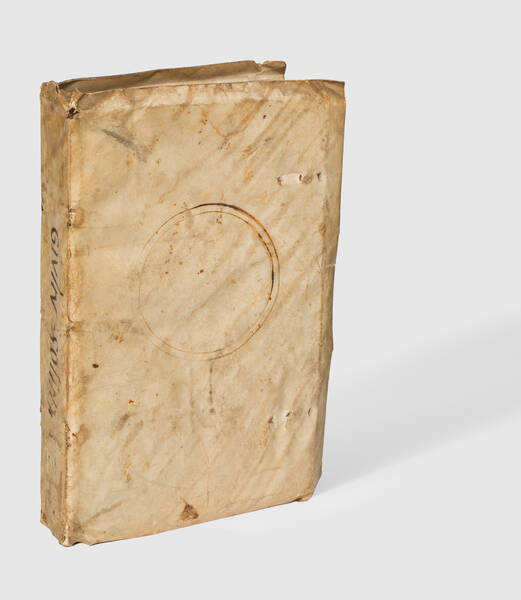ST. FRANCIS OF ASSISI. Fiorecti di Sancto Francesco.
Florence, [Bartolommeo di Libri] for L.R.., 26 May 1489.Quarto (175 x 122 mm.), [128] leaves, the first leaf, blank except for the title, is an old facsimile on ancient paper; Gothic type 3:114G, 27 lines per page with L.R. device at the end. A few spots, short upper margin, but a very fine copy bound with a contemporary vellum manuscript page, spine renewed, manuscript title on spine, from the library of the famous British explorer Apsley Cherry Garrard (1886-1959). Modern half morocco box.
Exceedingly rare edition of Saint Francis's Fioretti. “Little Flowers of Francis of Assisi is the name given to a classic collection of popular legends about the life of St. Francis of Assisi and his early companions as they appeared to the Italian people at the beginning of the fourteenth century. Such a work, […], can hardly be said to have one author; it is the product rather of gradual growth and must, […], remain in a certain sense anonymous, because it is national. There has been some doubt as to whether the Fioretti were written in Italian in the first instance, […], or were translated from a Latin original […]. The latter seems altogether more probable, and modern critics generally believe that a larger Latin collection of legends, which has come down to us under the name of the Actus B. Francisci et Sociorum Ejus, represents an approximation to the text now lost of the original Floretum, of which the Fioretti is a translation. A striking difference is noticeable between the earlier chapters of the Fioretti, which refer to St. Francis and his companions, and the later ones which deal with the friars in the province of the March of Ancona. The first half of the collection is, no doubt, merely a new form given to traditions that go back to the early days of the order; the other is believed to be substantially the work of a certain Fra Ugolino da Monte Giorgio of the noble family of Brunforte, who, at the time of his death in 1348, was provincial of the Friars Minor in the March. Living as he did a century after the death of St. Francis, Ugolino was dependent on hearsay for much of his information; part of it he is said to have learned from Fra Giacomo da Massa who had been well known and esteemed by the companions of the saint, and who had lived on terms of intimacy with Fra Leone, his confessor and secretary. Whatever may have been the sources from which Ugolino derived his materials, the fifty-three chapters which constitute the Latin work in question seem to have been written before 1328. The four appendixes on the Stigmata of St. Francis, the life of Fra Ginepro, and the life and the sayings of the Fra Egidio, which occupy nearly one half of the printed text of the Fioretti, as we now have it, form no part of the original collection and were probably added by later compilers. Unfortunately the name of the fourteenth-century Franciscan friar who translated into Italian fifty-three of the seventy-six chapters found in the Actus B. Francisci and in translating immortalized them as the Fioretti, remains unknown. The attribution of this work to Giovanni di San Lorenzo rests wholly upon conjecture. It has been surmised that the translator was a Florentine. However this may be, the vernacular version is written in the most limpid Tuscan and is reckoned among the masterpieces of Italian literature. The Fioretti have been described as “the most exquisite expression of the religious life of the Middle Ages.” That perhaps which gives these legends such a peculiar charm, is what may be called their atmosphere; they breathe all the delicious fragrance of the early Franciscan spirit. Nowhere can there be found a more childlike faith, a livelier sense of the supernatural, or a simpler literalness in the following Christ than in the pages of the Fioretti, which more than any other work transport us to the scenes amid which St. Francis and his first followers live, and enable us to see them as they saw themselves.
These legends, moreover, bear precious witness to the vitality and enthusiasm with which the memory of the life and teaching of the Poverello was preserved […]. In Italy the Fioretti have always enjoyed an extraordinary popularity; indeed, this liber aureus is said to have been more widely read there than any book, not excepting even the Bible or the Divine Comedy. Certain it is that the Fioretti have exercised an immense influence forming in the popular conception of St. Francis and his companions. The earliest known manuscript of the Fioretti, now preserved at Berlin , is dated 1390; the work was first printed at Vicenza in 1476.” (Catholic Encyclopedia on-line) After that first appearance, the Fioretti were reprinted other eleven times during the fifteenth-century; all these editions, including ours which is the first printed in Florence, are extremely rare and most of the surviving copies are imperfect.
GW 10299; Goff F286; HR 7327; Pell 4813; IGI 4060; CIBN F-93.
Other Books

ARIOSTO, Ludovico
Orlando furioso di m. Lodouico Ariosto nuouamente adornato di figure di rame da Girolamo Porro padouano et di altre cose che saranno notate nella...
SOLD OUT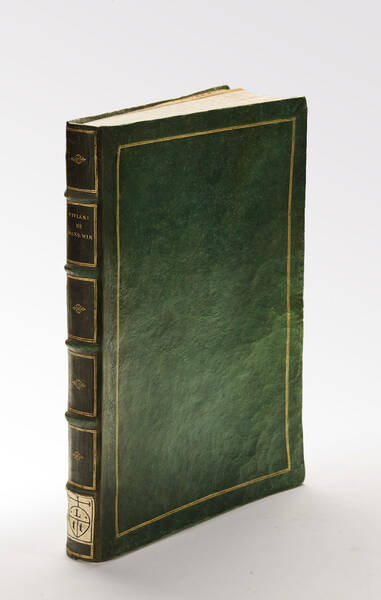
VIVIANI, Vincenzo
De maximis et minimus geometrica divinatio in quintum cononicorum Apollonii pergaei.
€ 8.000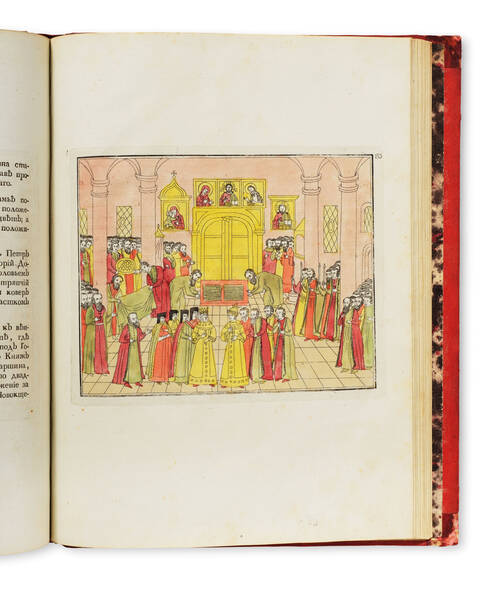
BEKETOV, Platon
Opisanie v litsakh torzhestva, proiskhodivshego v 1626 godu fevralia 5, pri brakosochetanii gosudaria tsaria i velikogo kniazia Mikhaila...
€ 18.000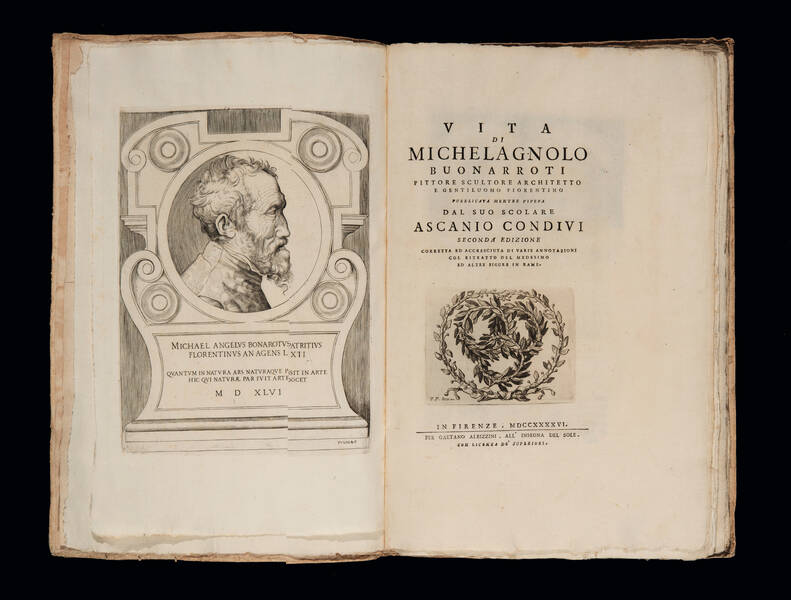
CONDIVI, Ascanio
Vita di Michelagnolo Buonarroti pittore scultore architetto e gentiluomo fiorentino pubblicata mentre viveva dal suo scolare Ascanio Condivi.
SOLD OUT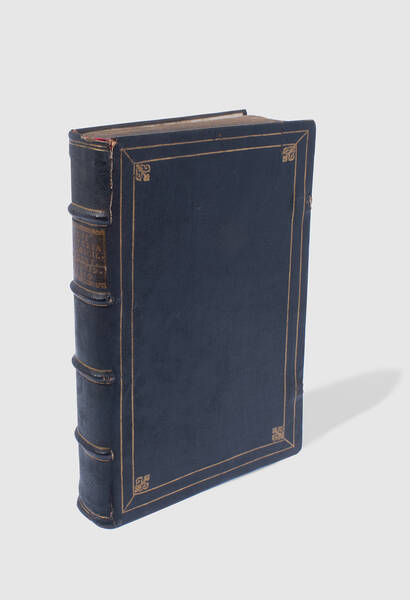
SARPI, Paolo
Historia del concilio tridentino di Pietro Soave Polano. Nella quale si scoprono tutti gl'artificii della Corte di Roma, per impedire che né la...
€ 8.000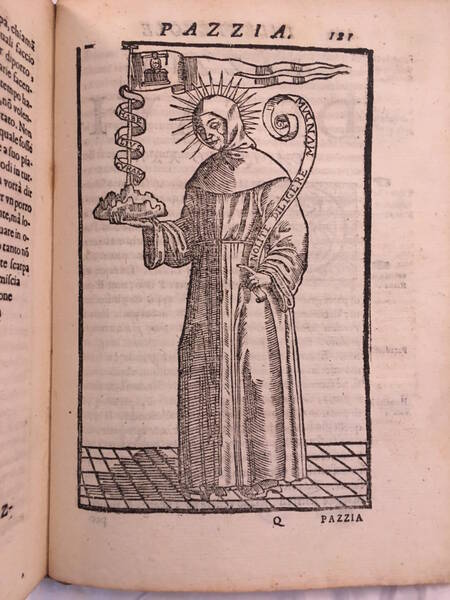
SPELTA, Antonio Maria
La saggia pazzia, fonte d’allegrezza, madre de’ piaceri, regina de’ belli humori.
€ 2.000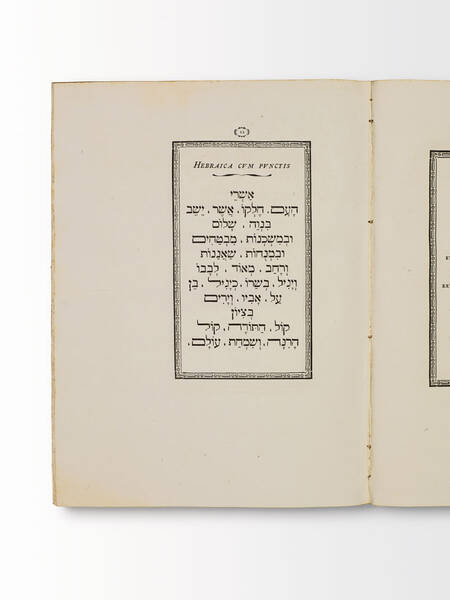
[BODONI]
Pel solenne battesimo di S.A.R. Ludovico Principe primogenito di Parma tenuto al sacro fonte da Sua Maestà Cristianissima e dalla Reale Principessa...
€ 6.000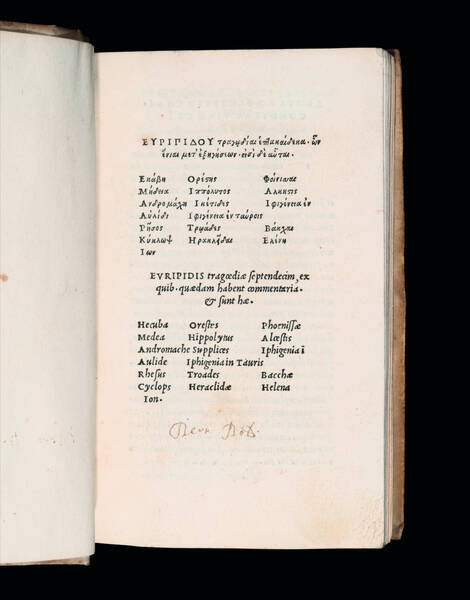
EURIPIDES
Tragoediae septendecim ex quib.quaedam habent commentaria,et sunt hae. Hecuba Orestes Phoenissae Medea Hippolytys Alcestis Andromache Supplices...
€ 29.000
SCARAMUCCIA, Luigi
Le finezze de pennelli italiani, ammirate, e studiate da Girupeno sotto la scorta, e disciplina del genio di Raffaello d'Urbino : con una curiosa,...
€ 1.200
GEORGEVIC, Bartolomej
De afflictione, tam captivorum quam etiam sub Turcae tributo viventium christianorum.
SOLD OUT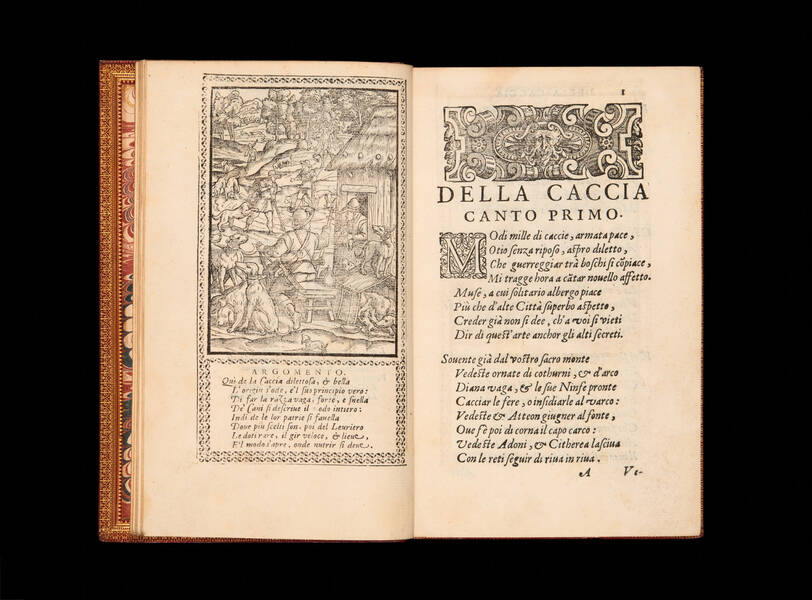
VALVASONE, Erasmo da
Della caccia poema del signor Erasmo di Valuasone. All'ill. signor Cesare di Valuasone suo nepote. Con gli argomenti a ciascun canto del sig. Gio....
€ 3.500MEDA RIQUIER rare books ltd.
4 Bury Street St James's
SW1Y 6AB London
Phone +44 (0) 7770457377
info@medariquier.com

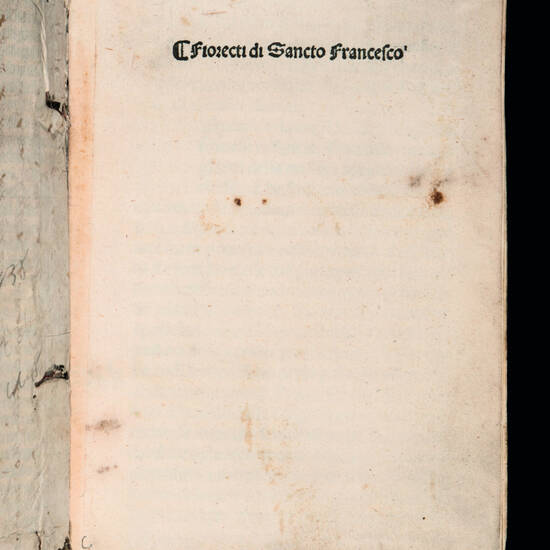
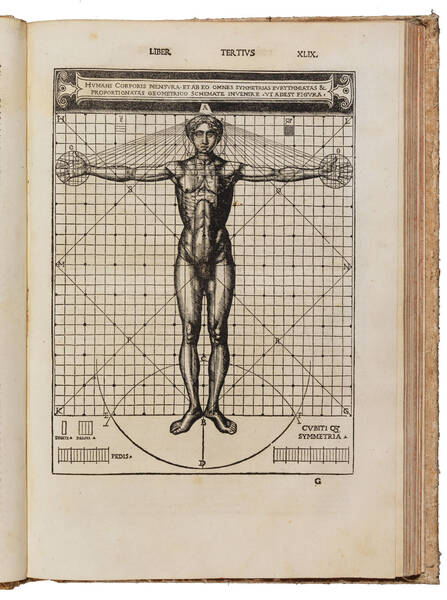
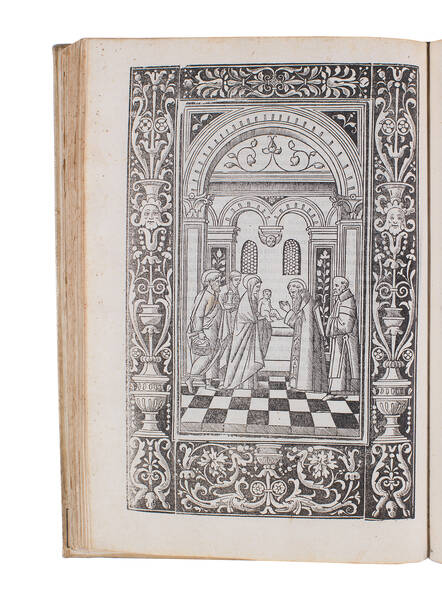
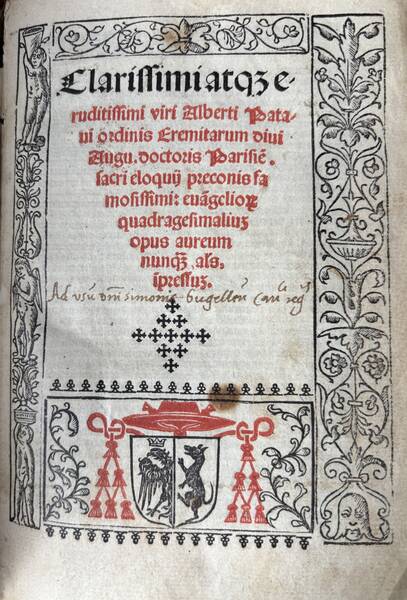
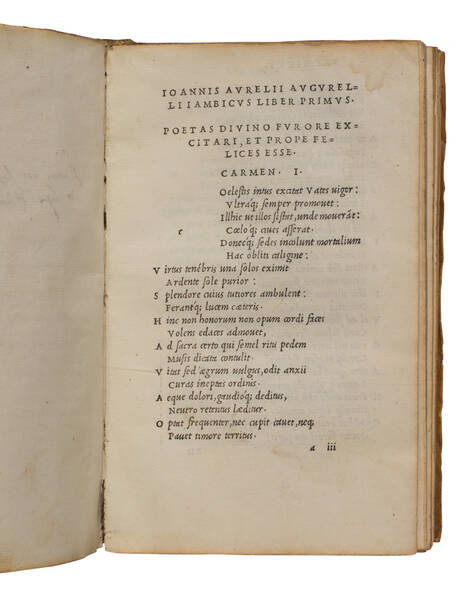
![[Life of the Virgin Mary] [Life of the Virgin Mary]](https://www.medariquier.com/typo3temp/pics/cbb0f7a08f.jpeg)
